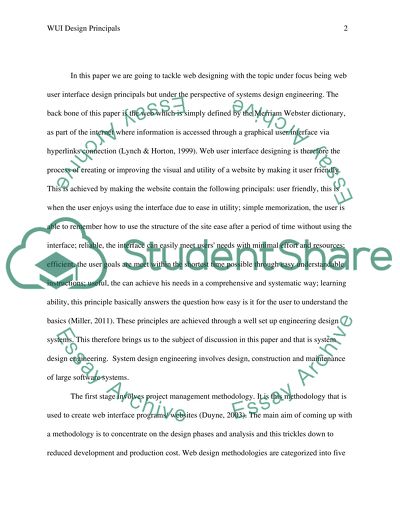Cite this document
(“Web User Interface Design Principals Term Paper”, n.d.)
Retrieved from https://studentshare.org/information-technology/1401231-web-user-interface-design-principals
Retrieved from https://studentshare.org/information-technology/1401231-web-user-interface-design-principals
(Web User Interface Design Principals Term Paper)
https://studentshare.org/information-technology/1401231-web-user-interface-design-principals.
https://studentshare.org/information-technology/1401231-web-user-interface-design-principals.
“Web User Interface Design Principals Term Paper”, n.d. https://studentshare.org/information-technology/1401231-web-user-interface-design-principals.


